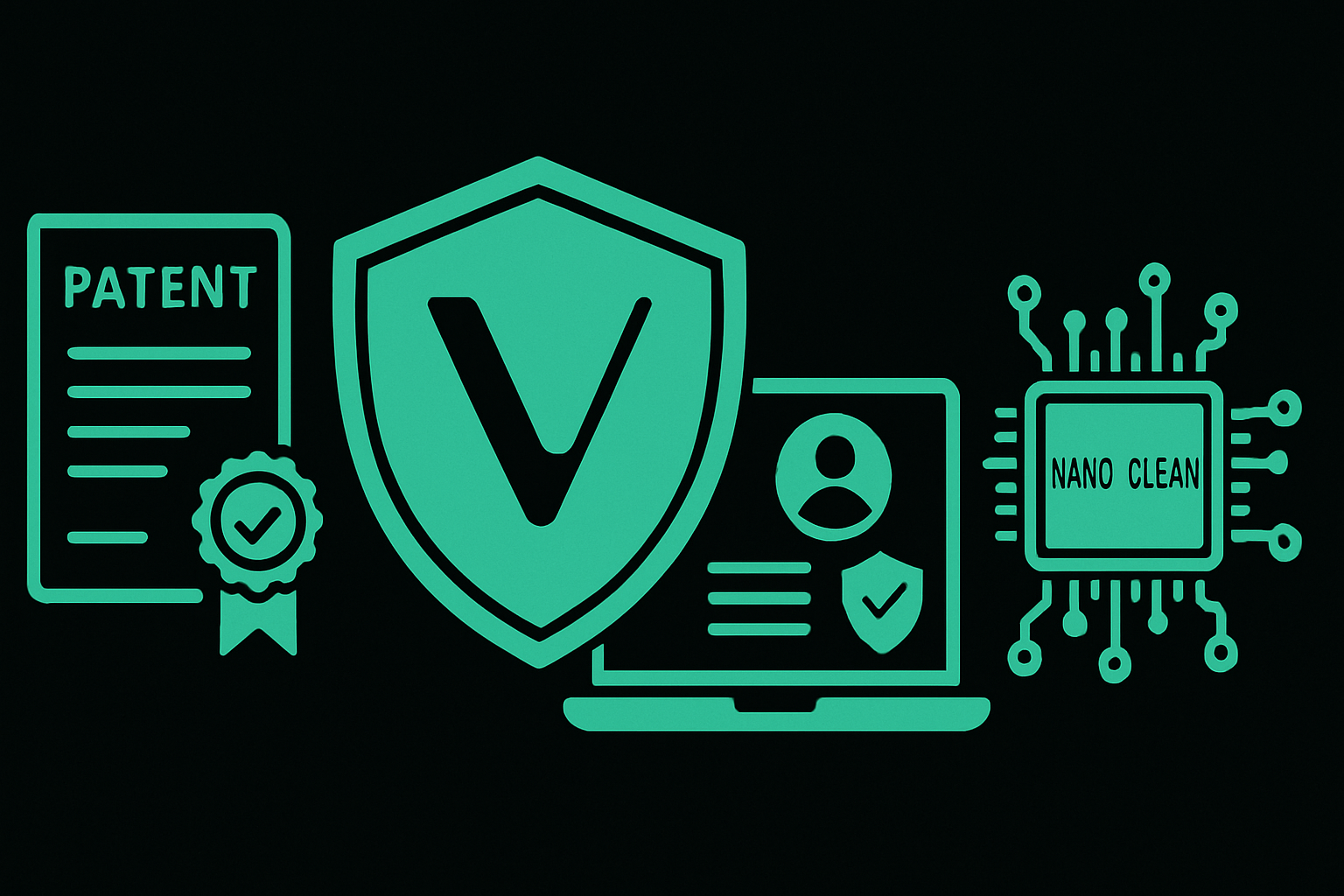ARTICLE AD BOX

- A JPMorgan paper highlights that the VeChain blockchain can enhance cloud computing by addressing issues such as data security, vendor lock-in, and trust.
- The study notes VeChain’s Proof-of-Authority consensus as a low-energy, high-efficiency solution suitable for enterprise adoption.
The business-oriented blockchain-focused network VeChain (VET) has won another recognition on the academic front, but this time for its innovative work of modernizing cloud computing.
A peer-reviewed study article published recently in the Journal of Computer, Signal, and System Research highlighted VeChain as a notable example of blockchain in the real world, addressing concrete issues in corporate infrastructure.
VeChain Gains Academic Recognition for Real-World Blockchain Use
The paper is titled “Blockchain Future in Cloud Computing: The Challenges to Implement Blockchain Technology in Cloud Computing” by JPMorgan Chase’s Yuxin Liu. It explores how blockchain is transforming traditional cloud computing by addressing long-standing issues such as security risks, vendor lock-in, and data transparency.
Among its practical examples, the research also names VeChain, which is successfully working in the logistics industry. The paper adds that protocols like VeChain allow end-to-end visibility in multi-party supply chains, and this has brought traceability, transparency, and immutability of data.
Cloud computing has been ruling the enterprise IT infrastructure in terms of flexibility and other aspects, such as scalability, for many years. However, security breaches, lack of centralized control, and the high levels of mistrust of third-party vendors make organizations seek the use of decentralized applications.
The report emphasizes that blockchain, as a built-in system, can create an effective addition to cloud services instead of replacing them. VeChain is an example of this new generation infrastructure. VeChain, utilizing blockchain technology to integrate with IoT sensors and live data dashboards, enables companies to track goods as they are loaded into shipping containers and subsequently reach store shelves.
Such an approach makes it easy to work with established Web2 systems or even new Web3 frameworks. This synergy positions VET as a major choice for enterprises that want to transition between traditional and decentralized systems.
The paper highlights the power of the blockchain in streamlining the operations in the cloud due to better fault tolerance, cryptographic data integrity, and decentralized identity verification. “Blockchain introduces decentralized identifiers (DIDs) and verifiable credentials that allow users to control their digital identities without relying on third parties,” the paper explains.
How VeChain Overcomes Challenges Associated With Blockchain
Nonetheless, the study doesn’t shy away from spotlighting the challenges. It outlines the scalability and performance limitations of current blockchain architectures, such as transaction throughput and energy consumption. However, the fact that VeChain draws on Proof-of-Authority (PoA), a type of consensus that is both efficient and has minimal energy consumption, makes it a sensible reaction to said issues.
Another part of the report describes how integration by large cloud companies such as AWS, Oracle, and IBM is working, where they implement a blockchain framework in order to optimize their services, as highlighted in our previous post. However, the fact that VeChain is featured among these tech giants in an academic setting suggests its readiness as an upstanding business entity and not merely a cryptocurrency.
To sum up, the paper indicates that blockchain is not a “silver bullet” to cloud computing, but it can contribute to tremendous advances in trust, transparency, and performance. And VeChain, with its real-world deployments and enterprise partnerships, is proving that blockchain can be more than just theory.
.png)
 4 months ago
9
4 months ago
9








 English (US)
English (US)